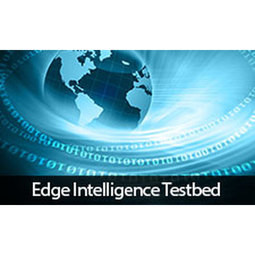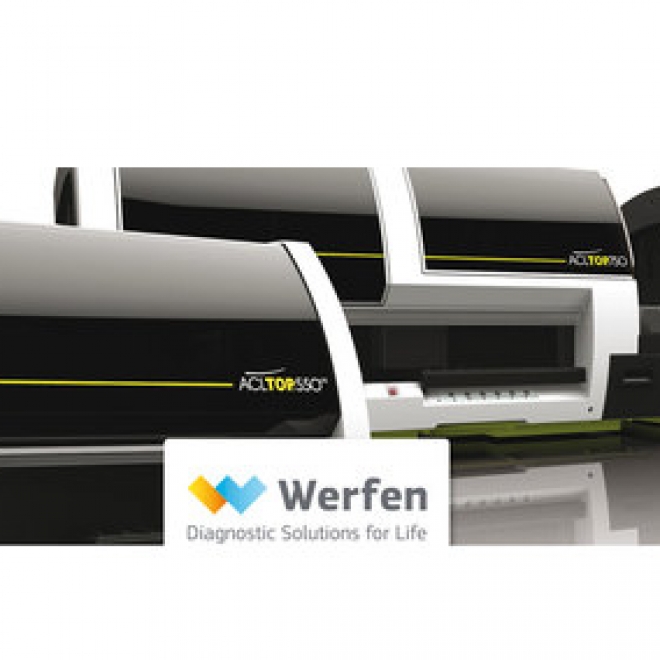Overview
 |
Edge Computing & Edge Intelligence |
Applicable Industries
Applicable Functions
Case Studies
Market Size
|
The global Edge Computing Market is expected to grow at USD 19.4 billion by the end of the year 2023 with 17.9% CAGR during the forecast period 2017-2023. Source: ABNEWSWIRE The overall edge computing market is expected to grow from USD 1.17 billion in 2016 to USD 6.73 billion by 2022, at a CAGR of 35.4% from 2017 to 2022. Source: Markets and Markets
|
Business Viewpoint
|
What are the advantages of edge computing? - Edge application services decrease the volumes of data that must be moved, the consequent traffic, and the distance the data must travel, thereby reducing transmission costs, shrinking latency, and improving quality of service (QoS). Computation offloading for real-time applications particularly benefits from shortening the distance between the user and the server. - Edge computing eliminates, or at least de-emphasizes, the core computing environment, limiting or removing a major bottleneck and a potential single point of failure. - Ability to ride the improvements by exploiting of the same architecture and fundamental underlying computing technologies as public and private clouds. Different cloud computing paradigms share common distributed systems architectures and technologies forming three modes defined by the distance from the edge: Centralized Clouds, Edge Clouds, and Edge nodes.
|
Stakeholder Viewpoint
|
Enterprises: Enterprises view edge computing as a strategic enabler for digital transformation initiatives, enabling them to leverage real-time data processing, improve application performance, and enhance user experiences. They prioritize edge computing solutions that integrate seamlessly with their existing IT infrastructure and provide scalability, security, and reliability. Cloud Service Providers: Cloud service providers see edge computing as an opportunity to extend their reach and deliver value-added services to customers. They invest in edge infrastructure, data centers, and network connectivity to support edge computing workloads, enabling organizations to leverage cloud resources closer to where data is generated. |
Technology Viewpoint
|
What kind of technologies Edge Computing includes? It includes a wide range of technologies including wireless sensor networks, mobile data acquisition, mobile signature analysis, cooperative distributed peer-to-peer ad hoc networking and processing also classifiable as local cloud/fog computing and grid computing, dew computing, mobile edge computing, cloudlet, distributed data storage and retrieval, autonomic self-healing networks, remote cloud services, augmented reality, the Internet of Things and more. How has Edge Computing modernized technology? It has introduced the concept of using gateway servers, cloudlets, fog nodes, and microdata centers ”all of which are highly advanced and sophisticated technologies to augment the benefits of Edge Computing. Why do companies use Edge Computing technologies? To analyze the data locally, sending only the most important data to a centralized cloud. This reduces data transmission and storage costs while also allowing real-time analysis and action.
|
Data Viewpoint
|
What is the difference in data processing between Edge Computing and a typical Cloud environment? In Edge Computing, data is processed near the data source or at the edge of the network while in a typical Cloud environment, data processing happens in a centralized data storage location.
|
Deployment Challenges
|
What are the challenges of Edge Computing? - It must be designed to work in the face of sporadic availability/connectivity of edge compute nodes, since edge nodes may only have power available sporadically. - It requires applications to be built for horizontal scalability. Generally, the recommendation is to build applications that follow the 12-factor application guidelines. - It requires operations to be able to deploy to a distributed set of edge nodes, coordinate cross-node state, and storage, or handle inconsistent state gracefully.
|





